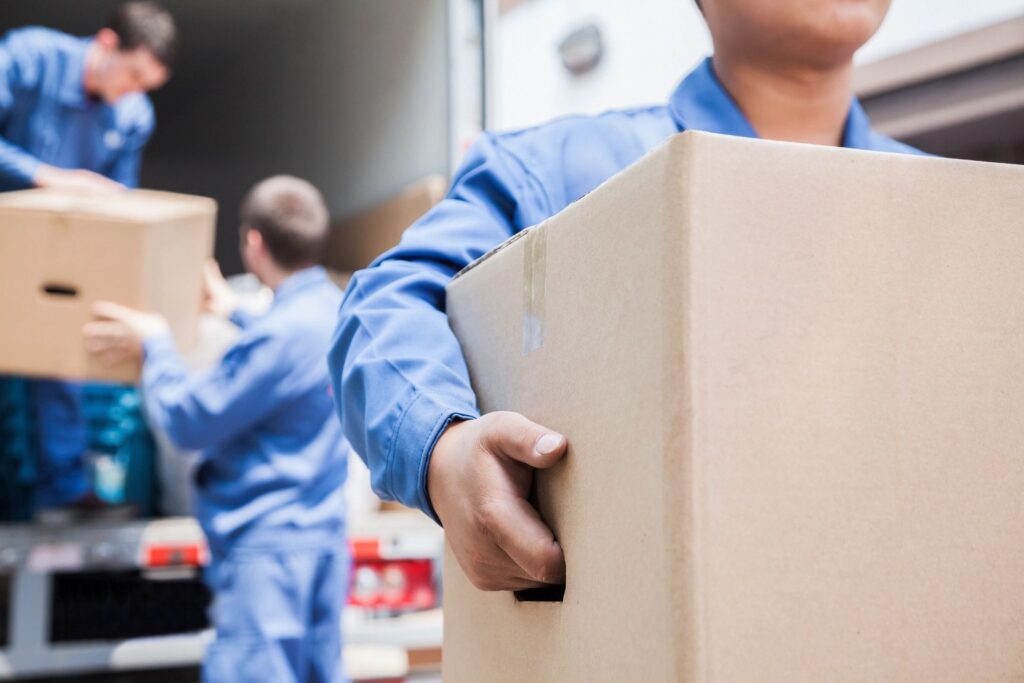Introduction
Moving to a new home is exciting, but it also comes with challenges—especially when storing furniture. If you don’t take the right precautions, your belongings could get scratched, warped, or even damaged by pests. Therefore, it’s crucial to use proper storage techniques to keep everything in great condition.
In this guide, we’ll walk you through each step of the process, from choosing the right storage unit to packing and protecting your furniture. By following these tips, you can ensure your furniture remains in top shape throughout the move.
Assess Your Furniture Storage Needs
Before storing your furniture, you need to determine what should go into storage and for how long. First, take an inventory of all the items you plan to store. Then, consider their size, material, and condition.
For example, wooden and leather furniture can warp if exposed to moisture, while upholstered pieces attract dust and pests. If you only need storage for a few weeks, a basic unit may be enough. However, for long-term storage, a climate-controlled unit is the best choice, as it prevents damage from humidity and temperature fluctuations.
Choose the Right Storage Unit
Selecting the right storage unit is essential to keeping your furniture safe. To make the best choice, consider these key factors:
- Climate Control: If you’re storing wooden, leather, or fabric furniture, you’ll need a unit that regulates temperature and humidity. This helps prevent warping, mold, and mildew.
- Security Features: A reliable facility should have 24/7 surveillance, gated access, and alarm systems to protect your belongings.
- Unit Size: If you’re storing the furniture from a one-bedroom apartment, a 10×10 unit should be enough. However, for larger households, a 10×20 or bigger unit is ideal.
By carefully selecting a storage unit with these factors in mind, you can ensure your furniture stays safe throughout the moving process.
Prepare Your Furniture for Storage
Once you’ve chosen a storage unit, the next step is to prepare your furniture. This step is crucial because proper preparation prevents long-term damage.
First, thoroughly clean all furniture. Dust and dirt can cause stains over time, and leftover food crumbs can attract pests. For wooden furniture, apply a protective polish to prevent drying and cracking. Similarly, vacuum upholstered pieces and use a fabric protector to guard against stains.
Next, disassemble larger furniture whenever possible. Taking apart bed frames, tables, and large chairs not only saves space but also reduces the risk of breakage. Store screws and small parts in labeled plastic bags so reassembly is easy later.
Pack Furniture Properly
Now that your furniture is clean and disassembled, it’s time to pack everything correctly. Proper packing ensures your belongings remain damage-free during storage.
- Use breathable covers. Instead of plastic, which traps moisture, wrap furniture in blankets or fabric covers to prevent dust accumulation.
- Wrap fragile parts carefully. Use bubble wrap or cardboard to protect delicate areas like glass panels and wooden edges.
- Stack furniture strategically. Place heavier items at the bottom and lighter pieces on top. Additionally, keep everything slightly elevated using pallets or boards to prevent moisture damage.
By taking these precautions, you can significantly reduce the risk of damage and make unpacking much easier.
Protect Against Pests and Moisture
Two major threats to stored furniture are pests and moisture. If left unchecked, these issues can cause irreversible damage. Fortunately, there are simple ways to prevent them.
To control moisture, place silica gel packs or charcoal bags inside the storage unit. These help absorb excess humidity, preventing mold growth. Additionally, avoid placing furniture directly on the floor by using wooden pallets or plastic sheets.
To keep pests away, use natural repellents such as cedar blocks or lavender sachets. These deter insects without using harsh chemicals. Most importantly, never store food items near your furniture, as they can attract rodents and bugs.
Maximize Space in Your Storage Unit
An organized storage unit not only keeps your furniture safe but also makes it easier to access items when needed. Here are a few strategies to help you maximize space:
- Store frequently used items near the entrance so you can reach them easily.
- Use shelving to keep smaller furniture pieces and accessories organized.
- Leave small gaps between items to allow air circulation and prevent moisture buildup.
- Stack heavier pieces at the bottom and lighter ones on top to avoid crushing delicate furniture.
By following these simple organization tips, you’ll make the most of your storage space while keeping your furniture in excellent condition.
Get Insurance for Extra Protection
Even with a secure storage facility, insurance adds an extra layer of protection. If you’re storing valuable furniture, it’s a good idea to check if your homeowner’s or renter’s insurance covers stored items. Some storage providers also offer their own insurance plans, which may be worth considering.
In addition, review the facility’s policies on theft, fire, and natural disasters. If storing expensive furniture, take extra security measures by using locks or straps to prevent accidental movement or theft.
Retrieve Your Furniture Safely
When it’s time to move your furniture out of storage, you need to take a few precautions to ensure everything arrives home safely.
Before loading your furniture onto a truck, inspect each piece for damage, moisture, or pests. If anything looks dirty, clean it thoroughly before bringing it into your home. Upholstered furniture may need extra airing out to remove any odors from storage.
For heavy items, use proper lifting techniques to avoid injuries. If you disassembled furniture before storage, carefully reassemble it using the labeled screws and fasteners.
Conclusion
Storing furniture during a move doesn’t have to be stressful. By choosing the right storage unit, packing furniture properly, and taking precautions against moisture and pests, you can keep everything in excellent condition.
If you’re looking for a reliable storage solution, MyStorage makes it easy to compare self-storage options and find the best one for your needs.
